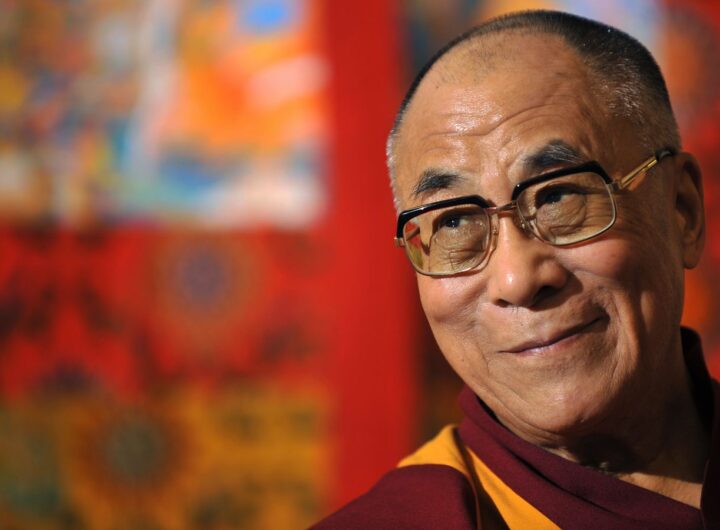Full-scale migration from 2G to 4G to 5G services, making 5G launch national priorities, making devices and low-cost equipment, fiber connectivity throughout the country and strong regulations are elements that will strengthen digital connectivity over the next decade, the chairmanship dependency industry and implementing director, Mukesh Ambani said today.
He spoke to the fifth edition of the Indian Cellular Congress, organized by the Indian Dot and Cellular Operator Association (Coai).
Ambani praised the spectacular transformation of mobile and digital landscapes in India since 2014 to the leadership of Prime Minister Narendra Modi.
Ambani believes that India will not only succeed in containing Covid waves in the future but also holds a fast economic comeback.
He said that India basically redefined its relationship with technology in recent years, with people embracing technology with uncontrolled optimism as seen during covid-induced locking.
“India must complete the migration from 2G to 4G to 5g earliest. To keep the millions of Indians at the bottom of the socio-economic pyramid limited to 2G to eliminate them from the benefits of the digital revolution, Ambani said about her first idea.
The second idea of Ambani is that the 5G roll-out must be an Indian national priority.
“In Jio, we are currently focusing on executing 4G and 5G and broadband infrastructure expansion. We have developed a 100% 5G solution that is planted and comprehensive which is fully original cloud and is managed digitally,” he said.
The third idea is that affordability should not be limited to services but must be cases with devices and equipment as well.
“The best way to ensure comprehensive affordability is the advanced adoption of futuristic technology and supporting policy tools such as the use of USO funds for purposes other than services. Uso Fund can be used to subsidize devices to select target groups,” he said.
The fourth idea is that fiber connectivity must be completed throughout India in mission mode.
“This is because the world is now transitioning to the digital-first era when almost everything will be done in the digital space first, and then translated into the physical world,” he said.
“Fiber has almost unlimited data train capacity. Therefore, to be ready in the future, India must be prepared for fiber … Even during this Covid period, Jio was able to introduce fiber to the house of up to 5 million players. If all players in the industry It works together, we can quickly achieve a national fibrous trail, just as we reach cell phones to every corner of the country in the past decade, “he added.
The fifth idea is that outside connectivity, India must focus on important components of the digital eco system needed for Indian digital transformation.
“The government applies a good regulatory and policy framework for this. We have seen innovative solutions in education, financial services, entertainment, retail, agriculture, manufacturing and other major economic verticals.
Other candidates for radical transformation are Indian energy systems.
“The maturity technology for energy saving through smart grids, economic decarbonization, and drastic reduction in the cost of transitioning India to clean and green energy,” he said.


 Mp4moviez in 2023 – Download Hollywood dubbed HD Movies MP4moviez
Mp4moviez in 2023 – Download Hollywood dubbed HD Movies MP4moviez  Dalai Lama Net Worth 2023
Dalai Lama Net Worth 2023  World Bank president nominee Ajay Banga tests positive for Covid-19 in Delhi
World Bank president nominee Ajay Banga tests positive for Covid-19 in Delhi  What does the remote health kiosk measure?
What does the remote health kiosk measure?  US Man Guns Down 5 Neighbours, They Had Protested His Shooting Practice
US Man Guns Down 5 Neighbours, They Had Protested His Shooting Practice